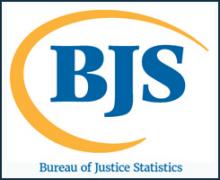Potential Moderation Across Racial Groups in Perceptions of Authoritative School Climate and Peer Victimization and Student Engagement
Date Published
2022
Publication Type
Research (Applied/Empirical)
Agencies
NIJ-Sponsored











